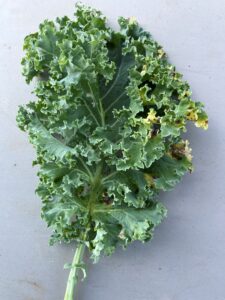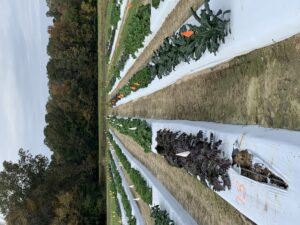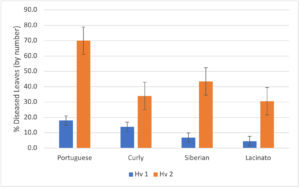On Thursday, July 27, a corn production field day was held at Clemson University’s Edisto Research and Education Center in Blackville, SC. The field day was well attended by growers and other stakeholders to learn about the latest research and recommendations for corn agronomy, disease and nematode management, insect management, and soil fertility management.
Dr. Michael Plumblee, Clemson’s corn and soybean extension specialist, organized the field day in addition to providing updates on his on-going work with double cropping corn and soybean, corn variety trials, and corn fungicide efficacies. Double cropping corn and soybeans is a new strategy that Dr. Plumblee and his graduate student, Bennett Harrelson, are exploring as a potential mechanism for growers to increase profitability in the long South Carolina growing season. In this system, corn is harvested early and soybeans are immediately planted. Dr. Plumblee’s research seeks to identify best management practices for this system including planting date, harvest date, soybean variety, and nematode management.
Dr. John Mueller, a field crop pathologist and nematologist, provided updates on several nematacides that are commonly used by growers, Counter 20G and Velum. On-going trials conducted by Dr. Mueller will help determine which of these products provides effective control for growers. Dr. Mueller also spoke about corn fungicide trials that are on-going in collaboration with Dr. Plumblee. Dr. Mueller says the good news for growers this season is that it has been a relatively light disease year so far.
Dr. Mike Marshall, a field crop weed specialist, provided an update on a number of different pre and post emergent herbicide programs that could be used by growers in the field. There are many different herbicide programs that growers can utilize, and continued efforts to test the efficacy of these programs allows growers to be informed and not use herbicides which may not provide good levels of control.

Dr. Francis Reay-Jones, a field crop entomologist, provided an update on the state of insect pest management in corn. Dr. Reay-Jones emphasized the importance of planting non-Bt refuge corn each year to delay the continued development of Bt resistance in corn earworm populations. While corn earworm is generally not an economic pest of corn, it is a major pest of cotton, where it is known as bollworm. Since cotton expresses many of the same Bt toxins that corn does, resistance management in corn continues to be a critical strategy to prevent further issues in managing the insect in cotton. Tim Bryant, provided an update of the state of stink bugs in field corn. Stink bugs are the most important economic insect pest of corn in the Southeast, but it is also a sporadic pest, so scouting is critical for growers to effectively manage it.
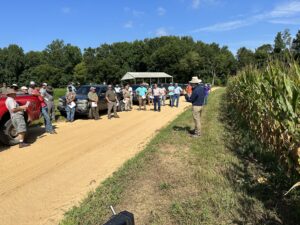
Finally, Dr. Bhupinder Farmaha provided an update on soil fertility practices for corn. Soil samples should be taken in the field and sent to the Clemson Agricultural Service Laboratory to provide a full break down of the nutrient contents of the soil in a field, allowing growers to amend the soil in a targeted and effective way. Dr. Farmaha also stressed the diminishing returns seen from soil amendments beyond a certain amount, emphasizing the importance of these soil tests.
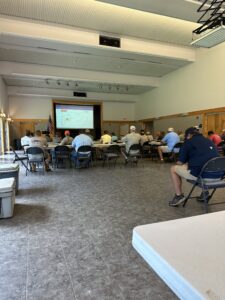
All of these biotic and abiotic factors play an important role in the success growers have with corn production. Integrating all these decisions with each other in a synergistic manner is the cornerstone of a truly integrated pest management program.
